Wellness Interior Design – Part 2

Image: Light Trapper Photography
Welcome to part 2 of our essential wellness in interior design guide for improving your health and wellbeing at home.
Wellness interior design encompasses many elements explored in our popular first post. The main aim is to create spaces that increase and nurture wellbeing and encourage positive behaviour from you – the users of the space. We will share our insights into the key role of lighting and consideration of all five of our senses. The layout of our home spaces is key, ensuring that we have natural light for the right activities and at certain times of the day. Also the importance of considering how colour affects us emotionally and matching lighting colours and control systems to work with our circadian rhythms. Here are our design tips to introduce in your home to improve health and create spaces to switch off in and sleep peacefully.
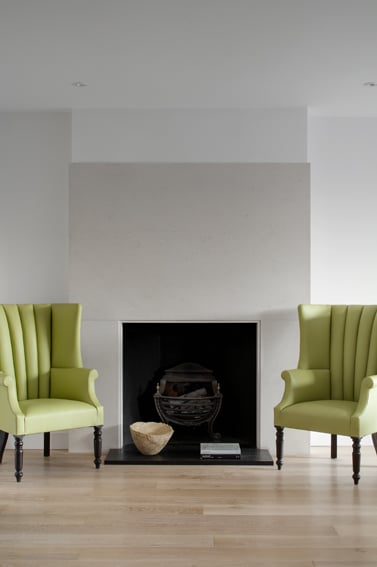
Wellness interior design by Interior Folk
Light and Lighting
Increased use of glass and large sets of folding or sliding doors is a great way of creating views and providing lots of natural light. This is important for us to enable to set our circadian rhythms to sunrise and sunset and essential for a good night’s sleep.

Large sets of folding doors bring the outside in. Light Trapper Photography
To create harmony with these natural rhythms we need to spend time in the blue light of the early morning sun. Followed by the stronger blue light of the day (which promotes activity) and the warmer colour rays of sunset (which help us wind down in the evening).
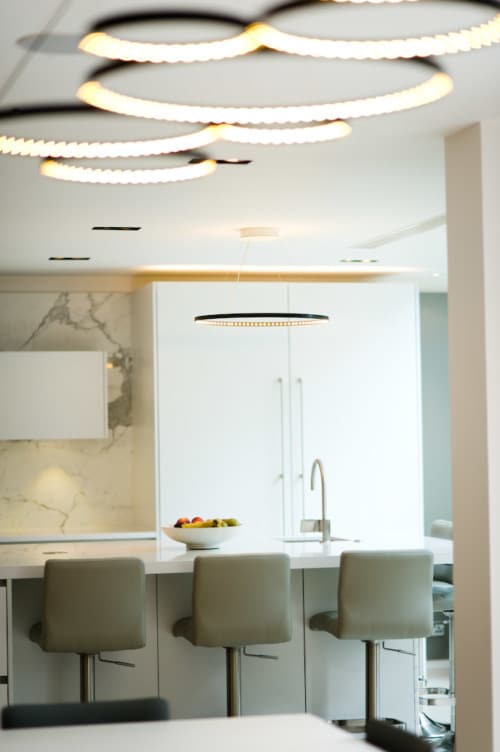
These pendants lights provide warmer light for the evening. Light Trapper Photography
The above natural lighting patterns are big influencers in contemporary lighting design. Coupled with many innovative new lighting control systems, lamp colour ranges and lighting products available.
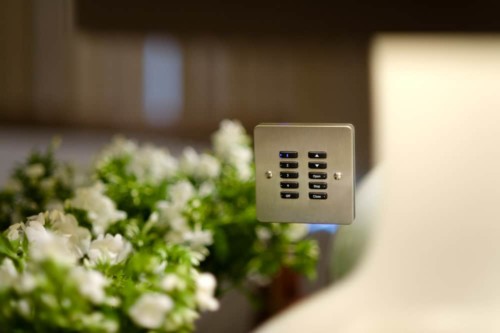
Lighting controls play an important part in design. Light Trapper Photography
Designers are using different coloured lights either to mimic the changing natural light or create a particular mood for a specific space. For example, a warmer yellow, diffused or low light will create feelings of relaxation, great in snug TV rooms used in the evening to help prepare you for sleep.
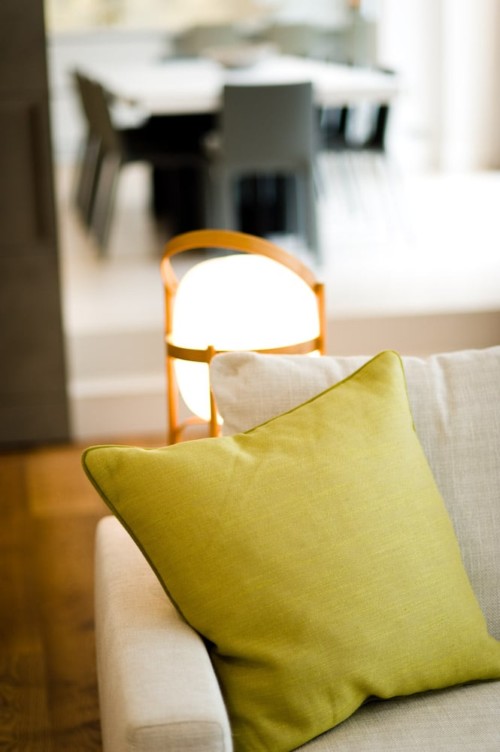
Add warmer low-level lamps for evening. Light Trapper Photography
A real log fire or candles provide movement and this kinetic light creates feelings of security, wellness and comfort.

Flames or candlelight are really important. Light Trapper Photography
A gas fire with moving flames and the textures of logs is a good alternative like we’ve designed in this large hallway.
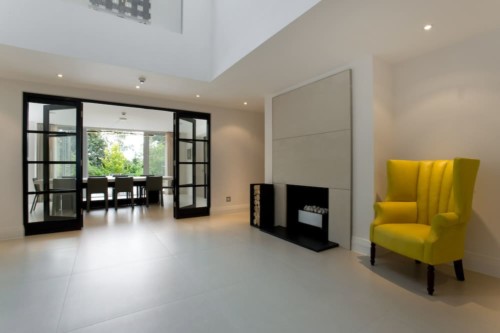
Hallway fireplace design. Light Trapper Photography
Whilst stronger blue light can be energising and improve productivity and creativity and is perfect for home offices and homework areas.
Sound
A sense that is often forgotten but one that plays an important role and essential to get right to create conducive communal spaces. Acoustics and having an understanding of how sound travels must be considered both when space planning and again when selecting finishes. Open-plan spaces and hard floors bring with them the problems of hard sounds echoing around. This can kill conversation and make it hard for people to share a space whilst carrying out different activities.
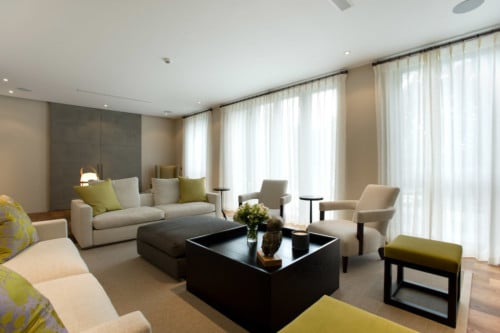
These linen sheers baffle sound. Light Trapper Photography
Baffle hard sounds with soft textiles like wool rugs and natural linen or cotton voiles is a really effective start, whilst making your large family rooms much more comfortable.
Don’t forget to read our other Wellness Interior Guide which looks at nature, natural materials and colour in more detail, to recap:
Nature & bringing the outdoors in
It has been shown in studies that a connection with nature promotes well-being, both physical and mental.
Using subdued natural colours
It follows that the therapeutic benefits of nature can be harnessed by mimicking them inside.
Natural materials
Putting your wellness as a central pillar in the design process means considering all of the five senses including touch.
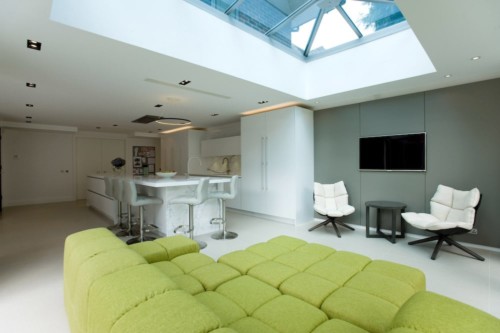
Bringing nature inside. Light Trapper Photography
I hope you have found this helpful, we always love your comments.
Would you like to create spaces for relaxation and happy, healthy family living? We’d love to hear your ideas and discuss them with you, contact us via email or via social media below.
Image Credits: Photography by Light Trapper Photography

